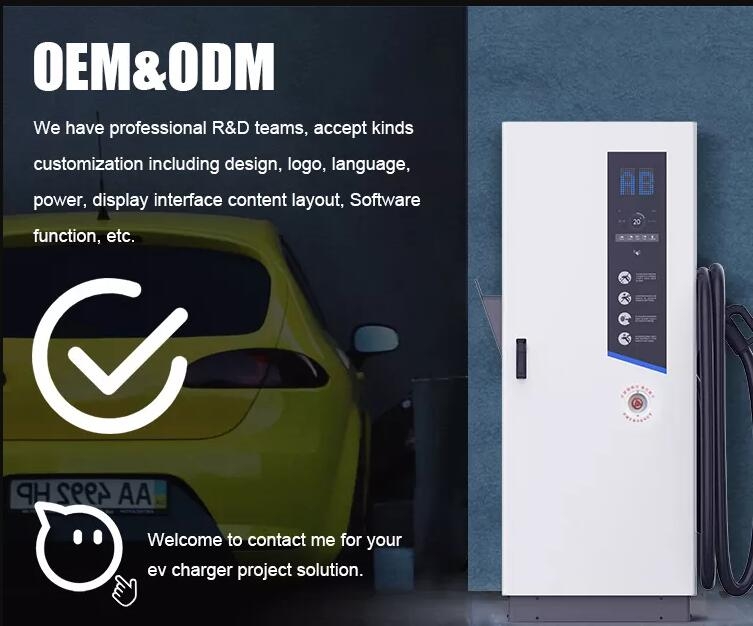
Products
Fast, Reliable, Everywhere

Solutions
Efficient, Innovative EV Charging Solutions.
News
We are committed to the innovation and application of EV charging.
A specialized facility created to supply electric power for recharging the batteries of electric cars (EVs) is known as an electric recharger station, sometimes known as an electric vehicle charging station or simply a charging station. These locations are crucial for preserving the usability and functioning of EVs since they enable owners to recharge their batteries as necessary, just like typical gas stations do for cars with internal combustion engines. Electric recharging stations come in various designs and charging rates to accommodate varying charging requirements and time limitations. Among the most common models of charging stations are:
This is the simplest type of charging, just pinning the EV's charging wire into a regular electrical socket in a house. Level 1 charging is often more time-consuming and is ideal for overnight home charging.
Level Two charging stations provide quicker charging than Level One charging stations. They need specialized charging apparatus installed at home or in public spaces. Faster charging periods are made possible by the increased voltage and current used by these stations.
Fast charging for EVs is accomplished via DC fast charging, sometimes called Level 3. These charging stations, which employ direct current (DC) and can quickly fill out an electric vehicle's battery substantially, are perfect for short trips.

The increasing uptake of electric cars (EVs) as a viable alternative to conventional internal combustion engine vehicles results from the worldwide movement toward sustainability and low carbon emissions. The requirement for a strong charging infrastructure intensifies as the number of EVs on the road rises. Electric recharger station, sometimes called charging stations, has become a practical and important option to meet the changing needs of owners of electric vehicles.
Depending on the region and the kind of EV being charged, several types of connections and charging standards are available at electric recharger stations. CCS (Combined Charging System), CHAdeMO, and Tesla's proprietary connection are examples of common connector types. An attempt is being made to standardize connections and assure interoperability across various charging networks as the electric car market develops.
Parking lots, malls, business buildings, and roads are just a few places where charging stations may be found. The construction of charging stations is a key part of building infrastructure. To achieve widespread adoption of EVs and alleviate range anxiety concerns of potential EV customers.
An electric car's battery may be charged using DC power created by a charging station converting AC from the grid. The power electronics of the charging station are responsible for this conversion. This includes rectifying the AC power and managing the DC output to meet the requirements of electric vehicles. The power productivity of the charging station controls how quickly an electric automobile can be charged.
Fast charging stations allow for efficient and quick recharging of electric cars, offering a convenient way to refuel any time. The need for quick charging stations for electric vehicles is undoubtedly growing along with the number of electric automobiles. Fast charging infrastructure is a prudent investment. It aims to encourage the use of electric vehicles, make driving more convenient, and have a good impact on the economy and the environment. This article will discuss the benefits of using fast charging stations for electric vehicles. Including safety, cost savings and environmental impact.
A facility that offers electric power to recharge the batteries of electric cars is known as an electric recharger station. PIWIN charging stations, which come in various designs and capacities to meet various demands, are essential for encouraging the use of electric vehicles as a more environmentally friendly means of transportation.
